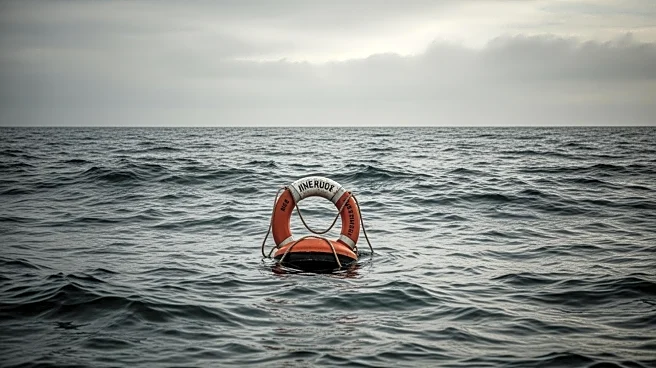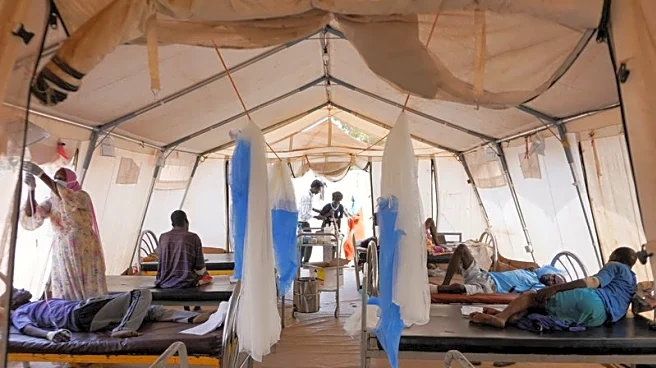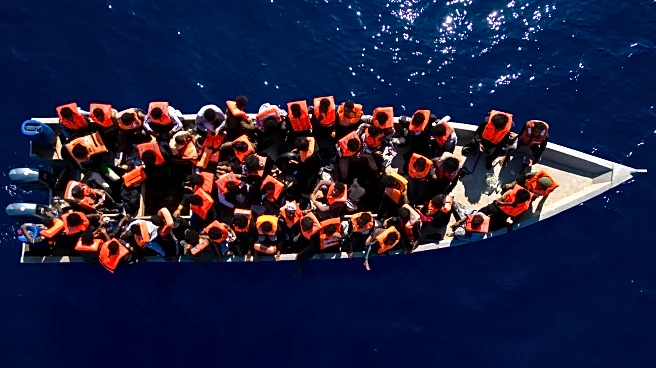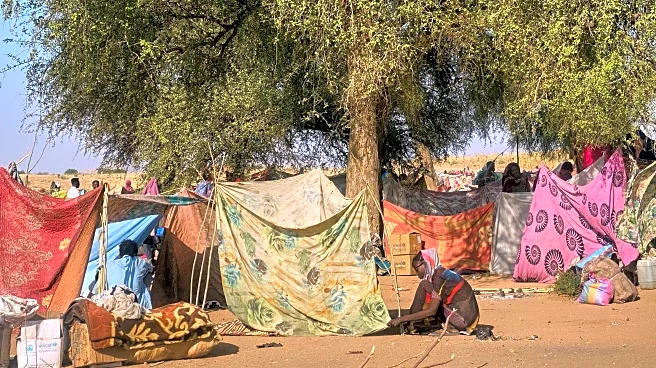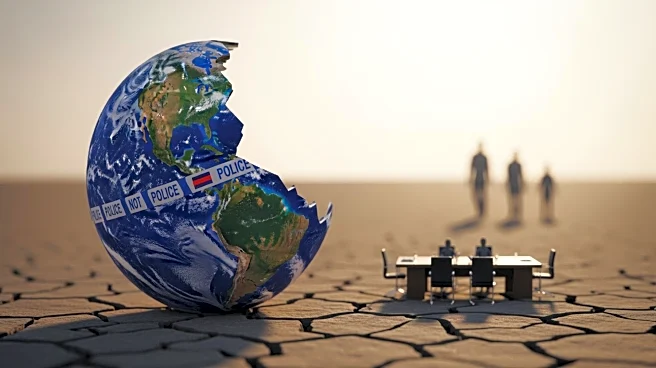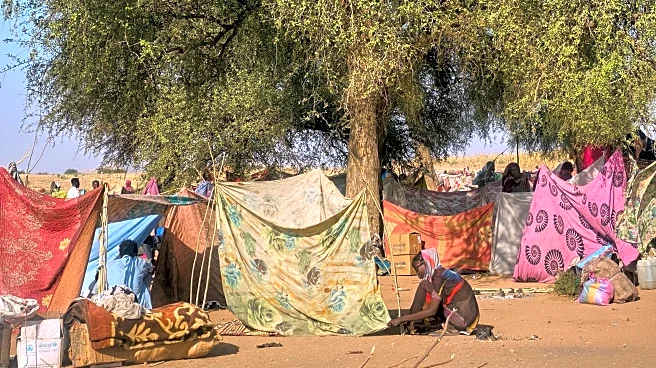What's Happening?
The International Organization for Migration has reported that a rubber boat carrying migrants capsized off the coast of Libya, resulting in the presumed deaths of 42 individuals. The boat, which departed
from the Libyan port city of Zuwarah on November 3, was carrying 49 migrants when it capsized due to engine failure caused by large waves. Many of the migrants were fleeing the ongoing conflict in Sudan, which has led to a significant increase in the number of Sudanese attempting the dangerous Mediterranean crossing. Survivors were found by the Libyan Coast Guard after drifting at sea for nearly six days. The agency highlighted that the death toll for this year’s Mediterranean crossing has already exceeded 1,000 people.
Why It's Important?
This tragic incident underscores the severe humanitarian crisis faced by Sudanese refugees and other migrants attempting to escape conflict and instability. The Mediterranean crossing remains one of the deadliest routes for migrants, with over 1,000 deaths reported this year alone. The ongoing conflict in Sudan has exacerbated the situation, leading to a surge in the number of people risking their lives to reach Europe. This highlights the urgent need for international intervention and support to address the root causes of migration and improve safety measures for those attempting such perilous journeys.
What's Next?
The International Organization for Migration and other humanitarian agencies are likely to continue monitoring the situation closely, advocating for increased safety measures and support for migrants. There may be calls for stronger international cooperation to address the underlying causes of migration from conflict zones like Sudan. Additionally, European countries may face pressure to enhance their response to the migrant crisis, potentially leading to policy changes or increased humanitarian aid.
Beyond the Headlines
The ongoing migration crisis raises ethical and legal questions about the responsibilities of nations to protect vulnerable populations. It also highlights the long-term impact of conflict on global migration patterns, potentially influencing international relations and policies. The plight of migrants underscores the need for comprehensive solutions that address both immediate humanitarian needs and long-term stability in conflict regions.
